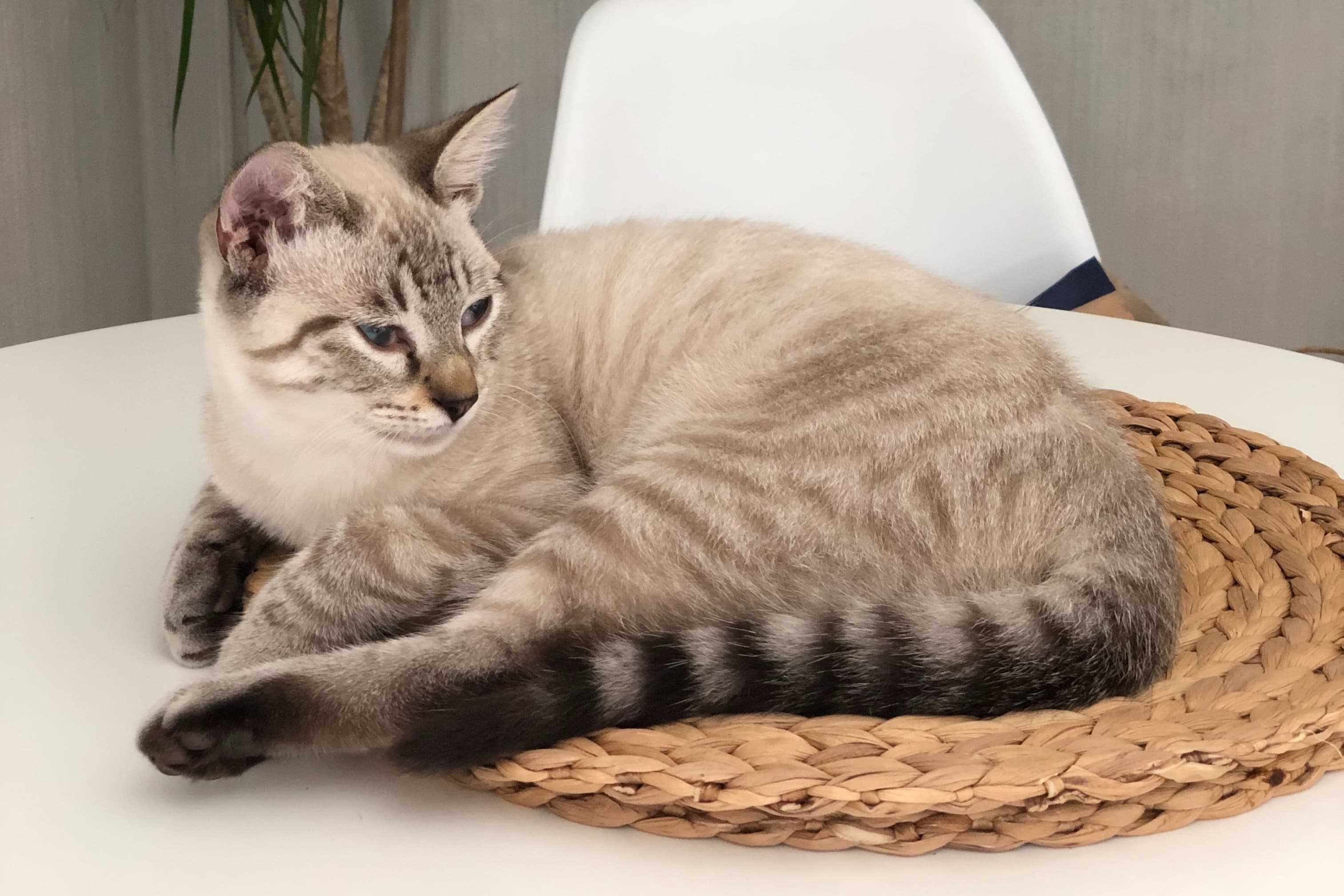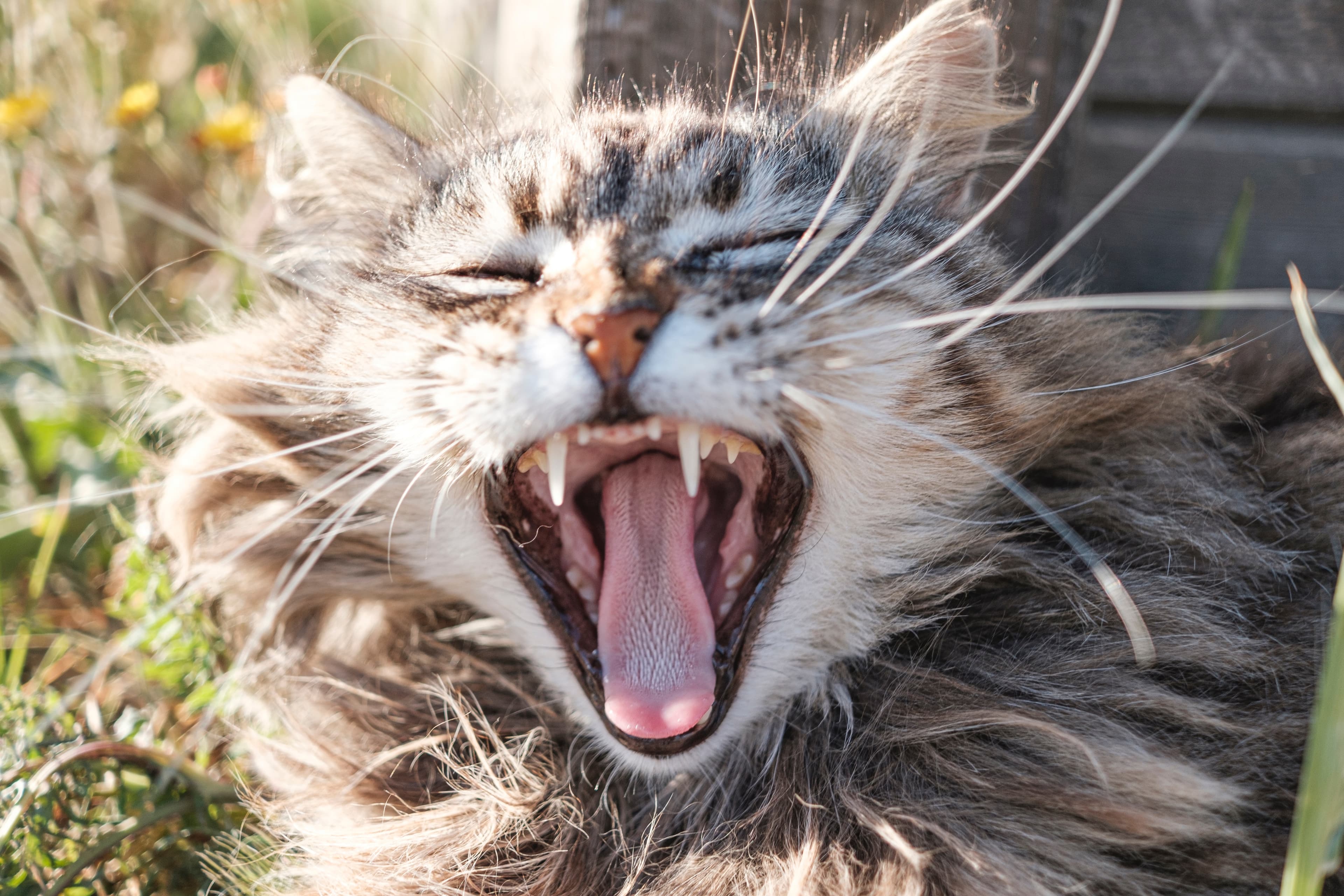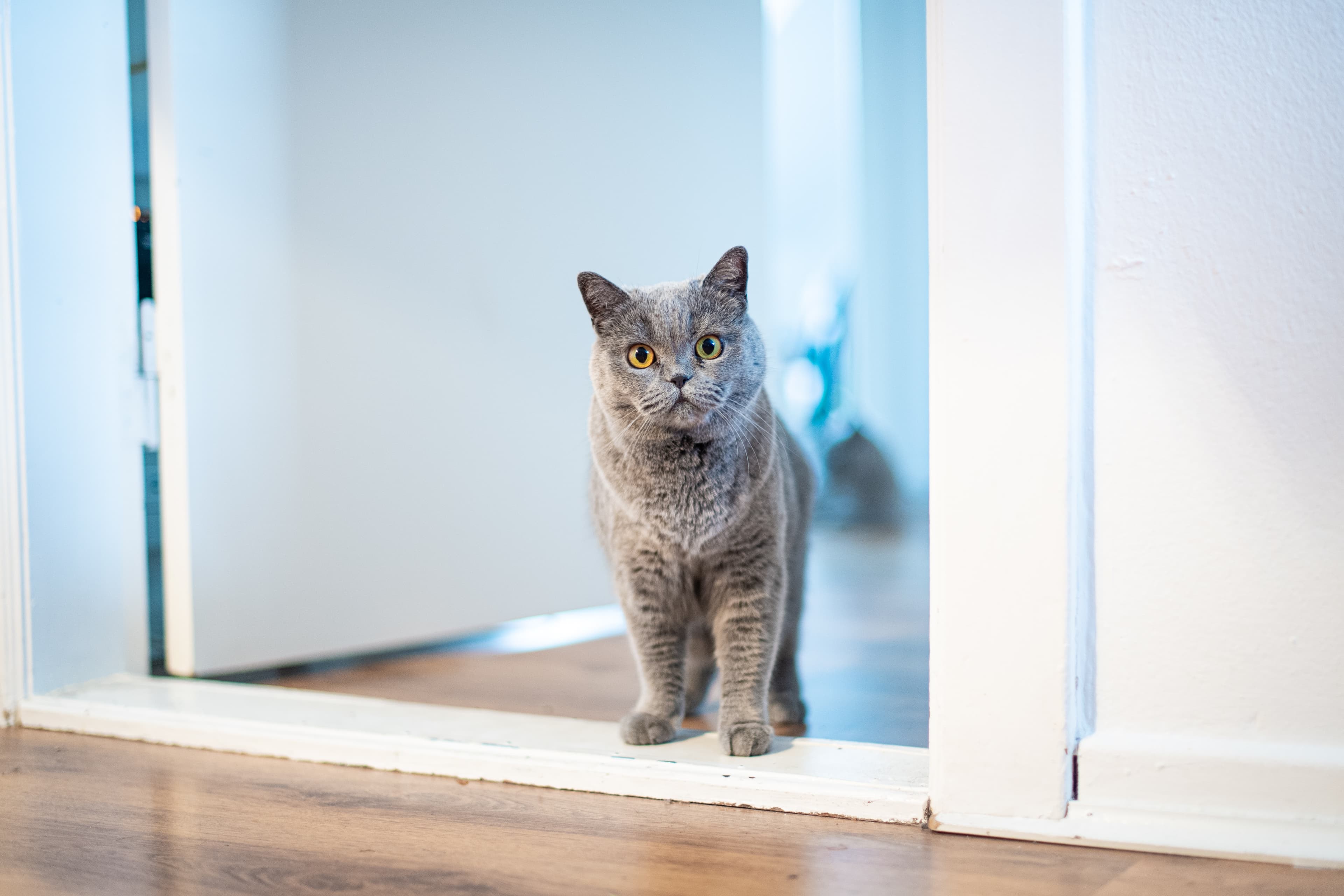Dangers for cats at Easter
It's not just the food at Easter that can be unhealthy for cats, there is also a danger from plants and decorations. Our guide shows you what you should look out for.
Food at Easter
Easter food is often greasy and salty, which means that most of the food on the Easter table is not good for cats. Too much fat can lead to inflammation of the pancreas (pancreatitis), which can result in stomach pain and vomiting, and too much salt can even poison your cat. So if your family comes to visit over the Easter holidays, you should inform them that they should not give your cat any food from the table.
Many Easter dishes contain onions. Onions (as well as leeks) contain allicin, which is dangerous for cats and can cause severe anaemia, such as fatigue, vomiting and cramps.
In addition to onions, leeks, fatty and savoury foods, there are a few other things to watch out for at Easter.
Easter treats
What would Easter be without chocolate Easter eggs! In these eggs we find everything from chocolate to nuts, a delicacy for us humans, but a danger for our furry friends:
Chocolate
It contains theobromine, which is poisonous to cats. The darker the chocolate, the higher the theobromine content and the more dangerous it is for your cat.Nuts
Nuts can get stuck in the throat or in the gastrointestinal tract. Some nuts, such as bitter almonds and macadamia nuts, are poisonous to many animals. It is important to know that nuts are often very salty, which can lead to salt poisoning.Sweets
Sweets can contain xylitol, a sweetener found in many chewing gums, among other things. Cats are very sensitive to this. Xylitol increases the release of insulin, which can lead to a sharp drop in blood sugar levels.
Instead, give your cat treats or a chew that has been specially developed for your four-legged friend.
Easter decorations
Gift strings, feathered Easter decorations, egg decorations and the like can tempt cats to play and eat. If your cat swallows gift strings or Easter decorations, they can get stuck in the throat and intestines and cause serious injury. It is therefore important that your cat does not come into contact with Easter decorations.
Easter flowers
Daffodils, tulips and orchids are all poisonous to cats. It is therefore important to consider where in the home you place the plants so that the animals cannot get to them.
Easter bouquets are usually decorated with feathers and the like, which can attract a curious cat.
The bulb of the daffodil is particularly dangerous and can cause problems if eaten, but the rest of the flower can also lead to poisoning in cats.
Unfortunately, you don't always have time to see what your little friend is putting in his mouth. That's why it's important to monitor your pet's welfare - and not just during the Easter period. If your cat is lethargic, starts to tremble, vomits or shows any other change in general condition, you should always consult a vet.






